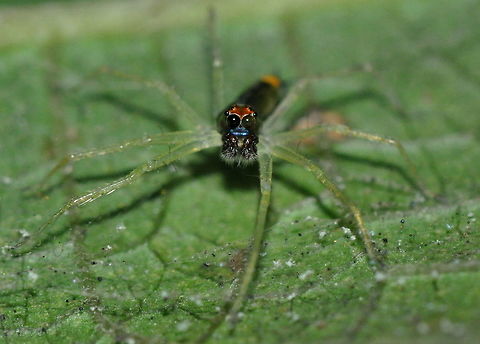Nature in Blue!
This list includes anything from nature that is blue - plants, fungi, amphibians, reptiles, birds, fish and other ocean life, slime molds, and even mammals, lol.
Christine Young created this list 7 years ago
-
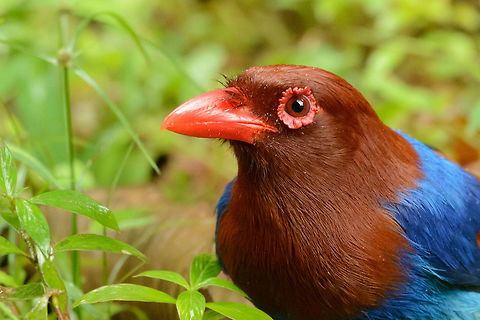
Sri Lanka Blue Magpie closeup sideview, Sinharaja, Sri Lanka -
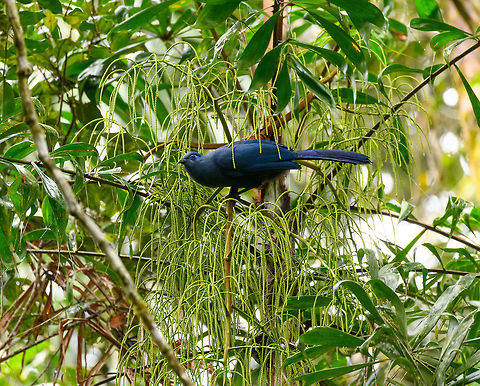
Blue Coua, Andasibe, Madagascar -
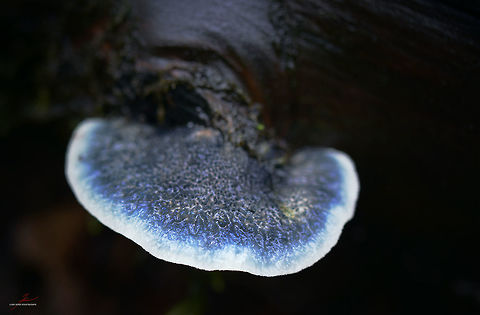
Postia caesia -
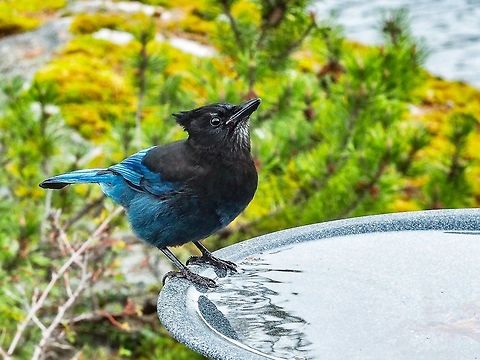
Hey, You watchin’ me drinking? -
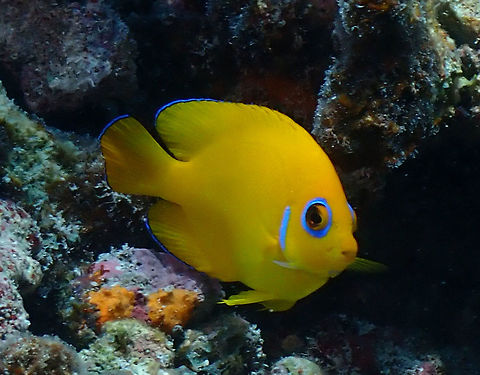
Lemonpeel Angelfish - Centropyge flavissima -
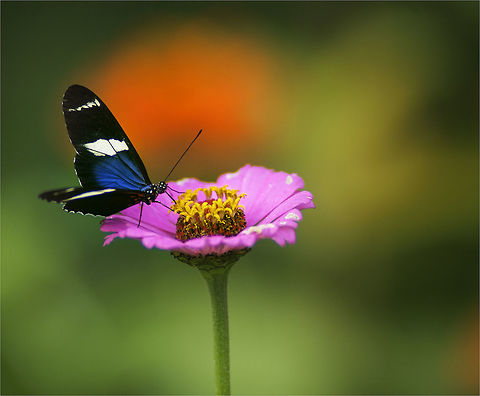
Heliconius_Sara_(13_of_15) -
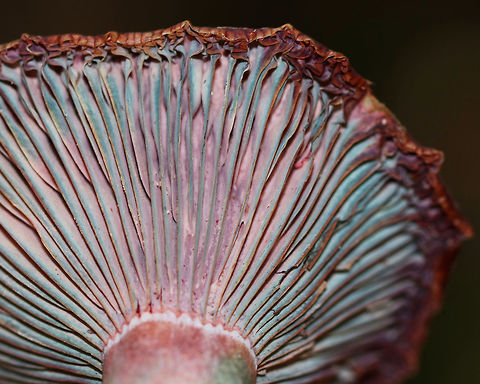
Lactarius subpurpureus -
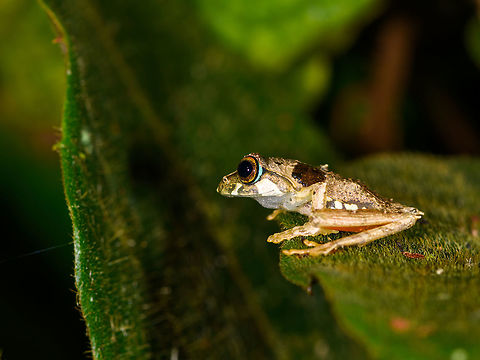
Boophis picturatus - side view, Ranomafana, Madagascar -
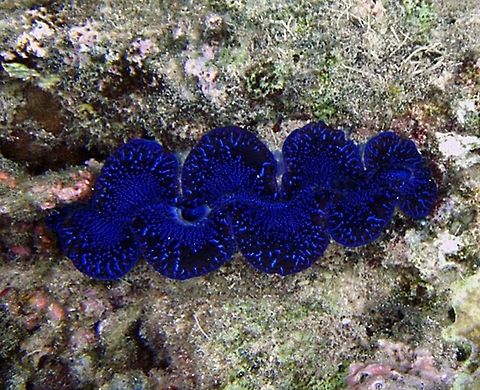
Crocus_Giant_Clam -
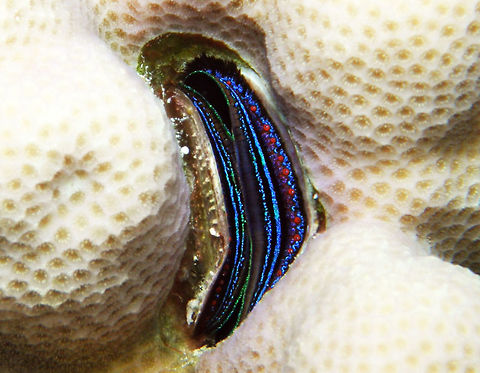
Blue-lipped Coral Oyster- Pedum spondyloideum -
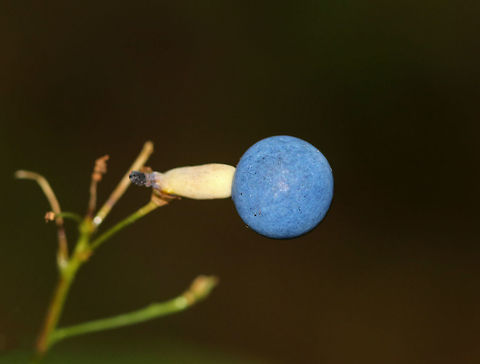
Blue Cohosh - Caulophyllum thalictroides -
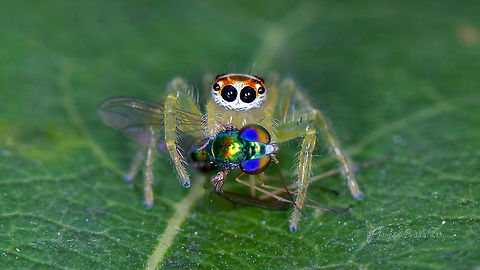
Two Striped female with a kill -
![horse fly - Tabanus americanus to search
"Horsefly" and "Cleg" redirect here. For other uses, see Horsefly (disambiguation) and Clegg (disambiguation).
Horse-fly
Tabanus sulcifrons[2]
Scientific classification
Kingdom:
Animalia
Phylum:
Arthropoda
Class:
Insecta
Order:
Diptera
Superfamily:
Tabanoidea
Family:
Tabanidae
Latreille, 1802[1]
Subfamilies
Chrysopsinae
Pangoniinae
Tabaninae
Horse-flies or horseflies (for other names, see common names) are true flies in the family Tabanidae in the insect order Diptera. They are often large and agile in flight, and the females bite animals, including humans, to obtain blood. They prefer to fly in sunlight, avoiding dark and shady areas, and are inactive at night. They are found all over the world except for some islands and the polar regions (Hawaii, Greenland, Iceland). Both horse-flies and botflies (Oestridae) are sometimes referred to as gadflies.[3]
Adult horse-flies feed on nectar and plant exudates; the males have weak mouthparts and only the females bite animals to obtain enough protein from blood to produce eggs. The mouthparts of females are formed into a stout stabbing organ with two pairs of sharp cutting blades, and a spongelike part used to lap up the blood that flows from the wound. The larvae are predaceous and grow in semiaquatic habitats.
Female horse-flies can transfer blood-borne diseases from one animal to another through their feeding habit. In areas where diseases occur, they have been known to carry equine infectious anaemia virus, some trypanosomes, the filarial worm Loa loa, anthrax among cattle and sheep, and tularemia. They can reduce growth rates in cattle and lower the milk output of cows if suitable shelters are not provided.
Horse-flies have appeared in literature since Aeschylus in Ancient Greece mentioned them driving people to madness through their persistent pursuit. Geotagged,Malaysia,Summer](https://s3.amazonaws.com/media.jungledragon.com/images/3800/84117_small.jpg?AWSAccessKeyId=05GMT0V3GWVNE7GGM1R2&Expires=1765411210&Signature=loD5j2pdy2B9YEimADzeu7TgunE%3D)
horse fly - Tabanus americanus -
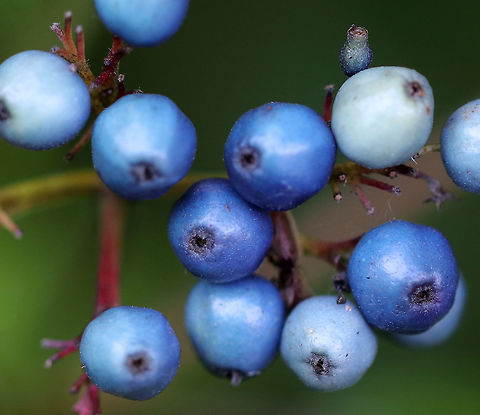
Silky Dogwood - Cornus amomum -
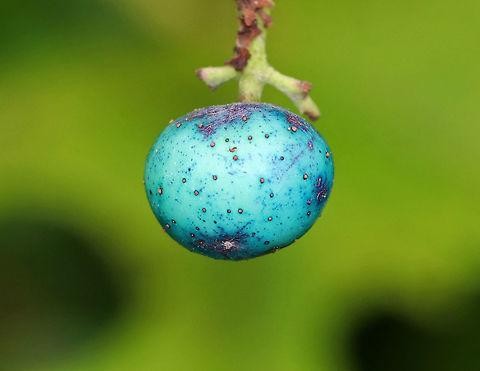
Porcelain Berry - Ampelopsis glandulosa var. brevipedunculata -
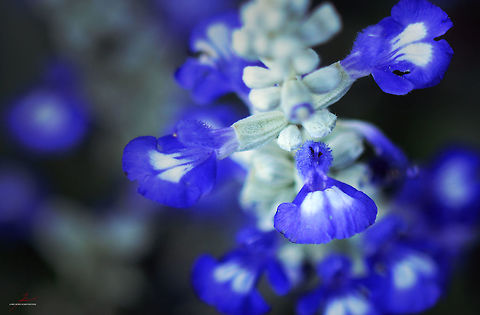
Salvia farinacea -
Asemonea tenuipes, Kaduruketha, Sri Lanka -
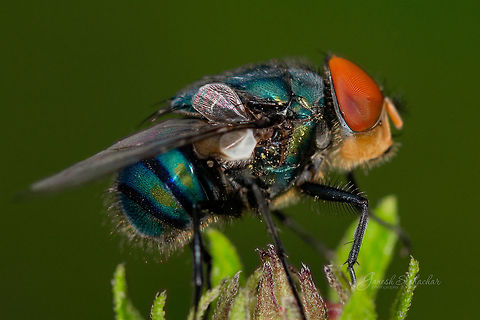
Fly closeup -
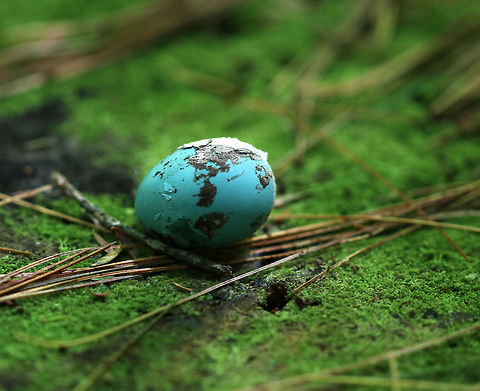
Bird's Egg -
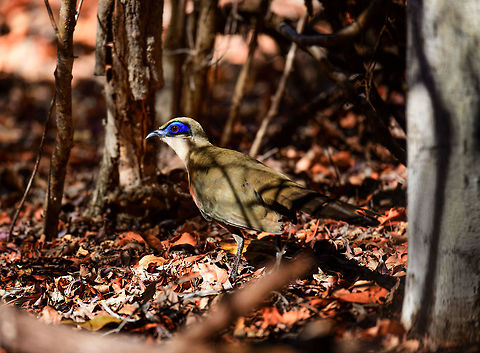
Coquerel's coua - side view, Kirindy Reserve, Madagascar -
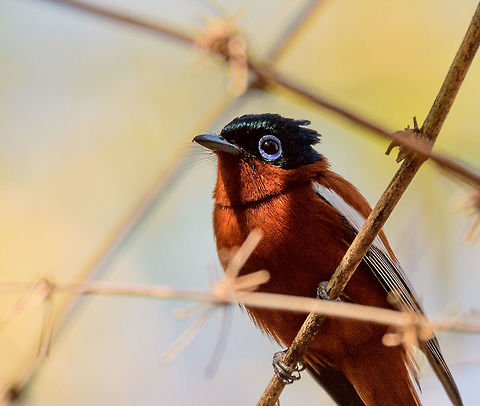
Male Malagasy Paradise Flycatcher - closeup, Kirindy Reserve, Madagascar -
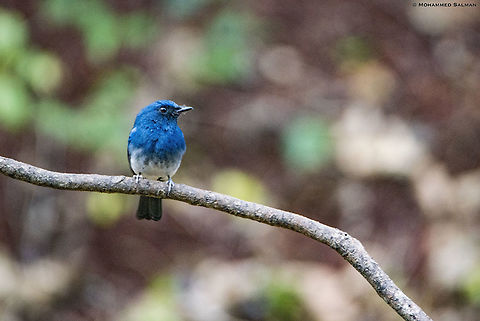
White-bellied blue flycatcher -
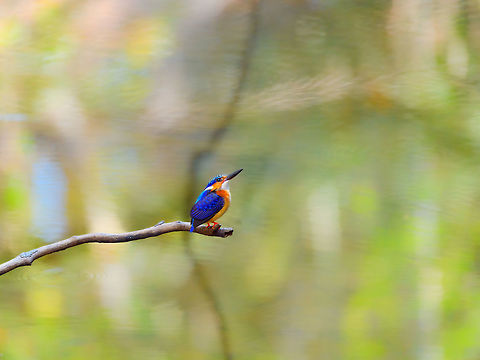
Malagasy Kingfisher, Kirindy Reserve, Madagascar -
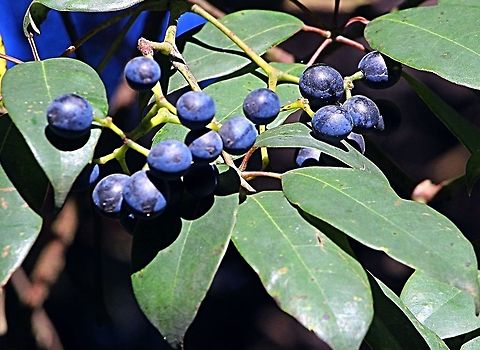
The Blueberry ash - Elaeocarpus reticulatus
